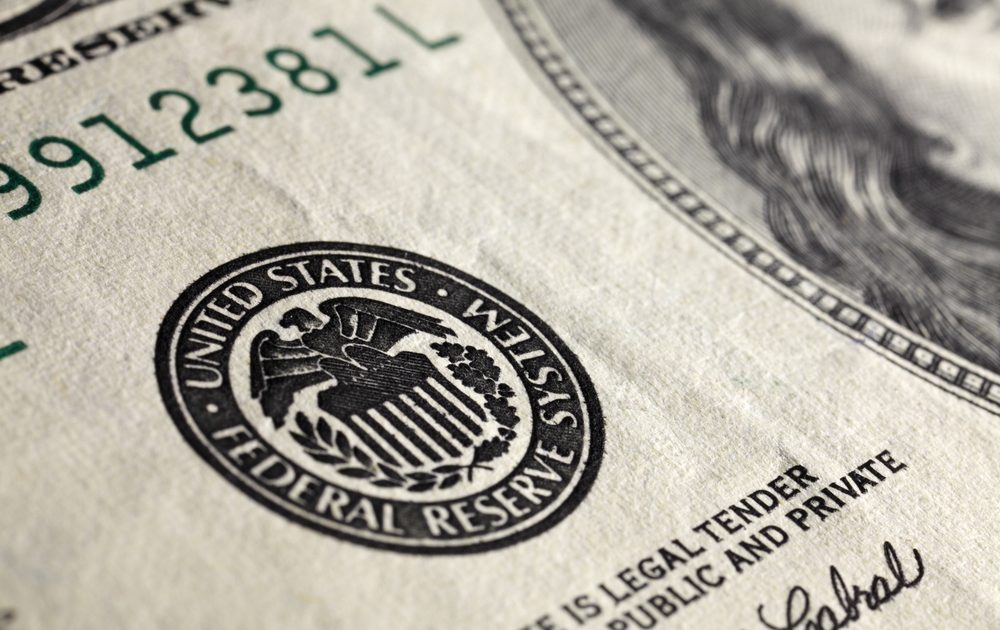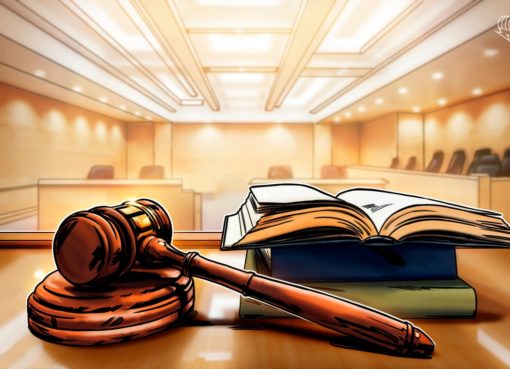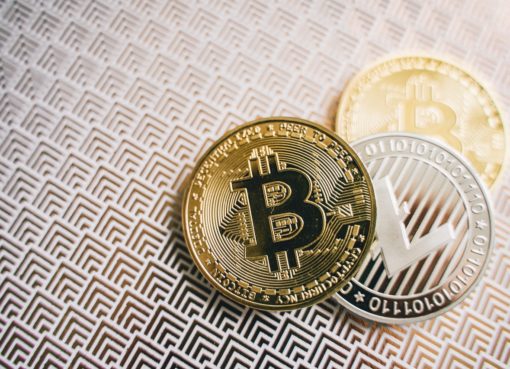- The Federal Reserve slashed interest rates half a percent Tuesday.
- But President Trump immediately tweeted it wasn’t enough. The Fed announced the rate cut after aggressive prodding by the president.
- While the Fed is independent from politics in theory, it hardly looks that way. That’s because it hasn’t been for decades.
The Federal Reserve aggressively rolled back interest rates Tuesday. The fifty basis point (or half percentage point) Fed rate cut is a worrisome development for two reasons:
It was the first unscheduled, emergency rate cut since 2008, and it also marks the biggest one-time cut since then. The new benchmark interest rate is 1% to 1.25%.
That means the Federal Reserve is taking the coronavirus pandemic and other systemic threats to the economy as seriously as it took the Great Recession.
While job numbers and GDP have remained steadily strong, Congress has been spending money like there’s a recession since long before the coronavirus outbreak.
And the Federal Reserve has enabled Washington’s debt-fueled fiscal splurge by marching in lockstep with Congress and the US Treasury after the 2008 financial crisis.
Trump Browbeats The Federal Reserve
After the emergency rate cut on Tuesday, President Donald Trump said he’d “like to see our Fed lead, instead of being led.” He continued to browbeat the Federal Reserve for even lower interest rates:
The Fed rate is too high… It puts us at a competitive disadvantage, especially when it comes to exporting our product to other countries. The other countries love that. I don’t like it at all.
Those comments came after a middle-of-the-night tweet calling for the rate cut the Fed announced hours later, and a follow-up tweet asserting the rate cut didn’t go far enough:
Trump called for the Fed to bring interest rates in line with other central banks:
It’s far from the first time Donald Trump has publicly badgered the Federal Reserve to lower interest rates. And then got the results he wanted after hectoring and bashing the Fed on Twitter. The Fed lowered rates a quarter percent last September a few days after Trump ridiculed Jerome Powell on Twitter:
Two weeks before that, Donald Trump ripped into Powell, literally asking “who is our bigger enemy” on Twitter, Jerome Powell or Chinese President Xi Jinping.
In a hint that the lower interest rate wasn’t in the best interests of sound monetary policy, but politically motivated, it was the most divided Federal Open Market Committee vote (7–3) in nearly two decades. (Most FOMC votes are unanimous.)
President Trump is overtly concerned about the effect of monetary policy on the so-called US “trade deficit” with other countries. But the Federal Reserve’s dual mandate from Congress is to keep prices stable and unemployment low.
Fed Independence Is A Comfortable Delusion
Donald Trump certainly has Tuesday, Nov 3, 2020 in view as he intones about Federal Reserve policy. In fact, it’s no secret that US presidents browbeat Fed chairs to time monetary policy with US elections to help them win a second term.
That’s why George H. W. Bush blamed former Fed Chair Alan Greenspan for his 1992 election defeat. He says he’d have been reelected if interests had been lowered more dramatically. Bush went so far as to say of Greenspan in a 1998 television interview:
I reappointed him, and he disappointed me.
In 1965 President Lyndon B. Johnson considered firing then-Fed Chair William McChesney Martin for failing to do his bidding. After learning that could be illegal, he called Martin to his Texas Ranch to yell at him. Martin alleged the president pushed him up against a wall while yelling:
Boys are dying in Vietnam, and Bill Martin doesn’t care.
In 1979 President Jimmy Carter did remove a sitting Fed Chair, G William Miller. After accepting the forced resignation of his Treasury Secretary, Carter moved Miller to the Treasury Department and appointed Paul Volcker to head up the Federal Reserve. The shake up angered many in Carter’s own party.
Richard Nixon pressured Fed Chair Arthur Burns to manipulate monetary policy in the run-up to the 1972 elections. We have the tapes of the conversations at the Nixon White House. While Donald Trump is part of a tradition of presidents browbeating Fed chairs, economists believe central bank independence is important to a strong economy.
Disclaimer: The opinions expressed in this article do not necessarily reflect the views of CCN.com.
This article was edited by Samburaj Das.
Last modified: March 6, 2020 4:19 PM UTC




